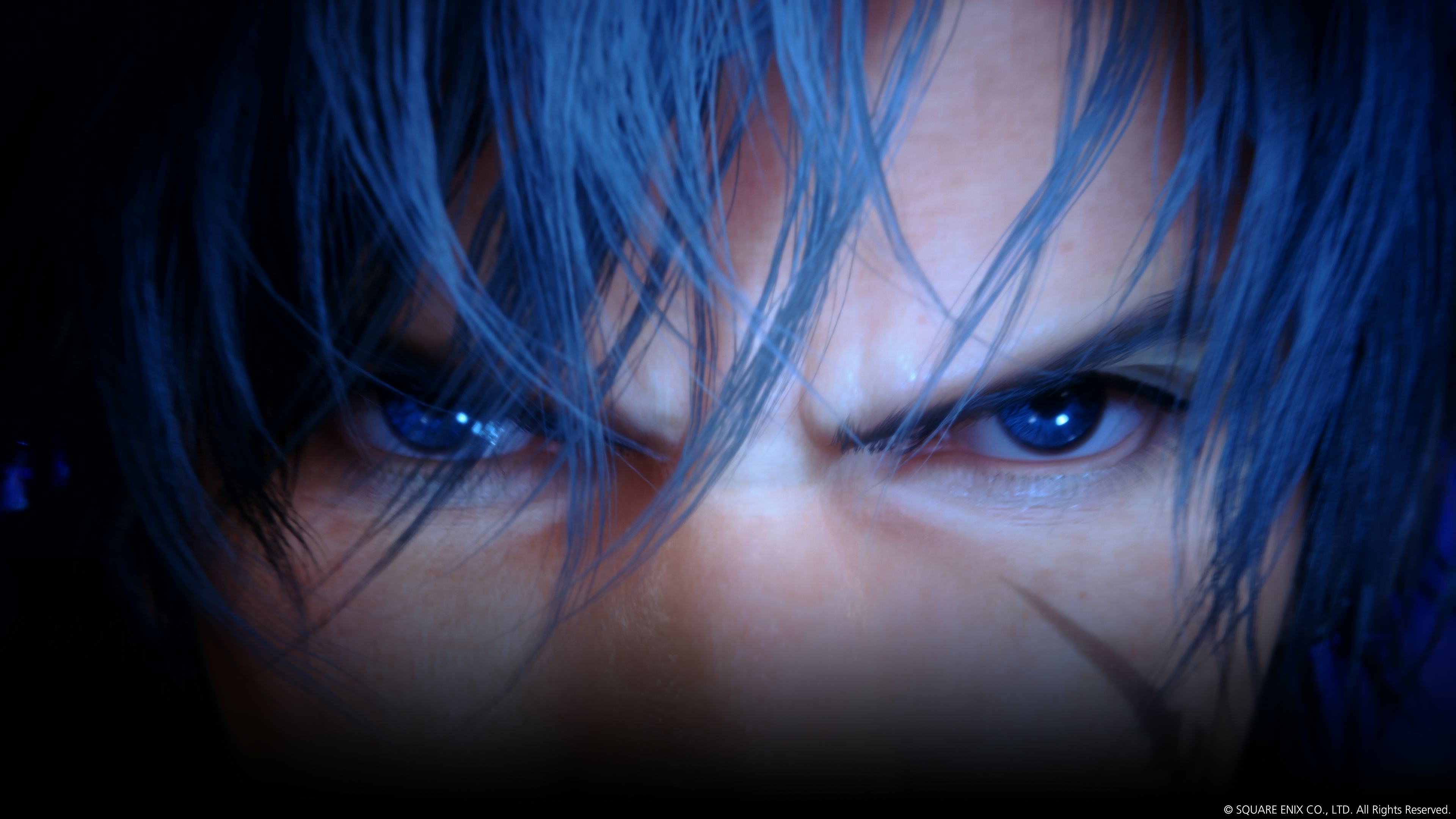
I pummelled the towering avian monster with a battery of blows, pulling one of her arms clean off and flinging it aside as I continued my assault. Just as quickly, a new limb sprung forth from the stump. Our furious battle raged on, spraying showers of jewel-hued embers of light.
You’d be forgiven for assuming this moment came from the third act of God of War Ragnarok. You’d also be wrong. But Sony’s lauded gods-and-monsters series was a major, if unlikely, influence on one of the most anticipated games of 2023 — Final Fantasy XVI.
The Final Fantasy series, along with Dragon Quest, pretty much invented the role-playing genre as we know it back in the mid-1980s. In the decades since, Final Fantasy has evolved to be as eclectic as it is venerable. While Dragon Quest has largely stayed in its lighthearted medieval fantasy lane, Final Fantasy has taken narrative and aesthetic cues from steampunk, cyberpunk, Shakespeare, road movies, Star Wars, and world mythology.
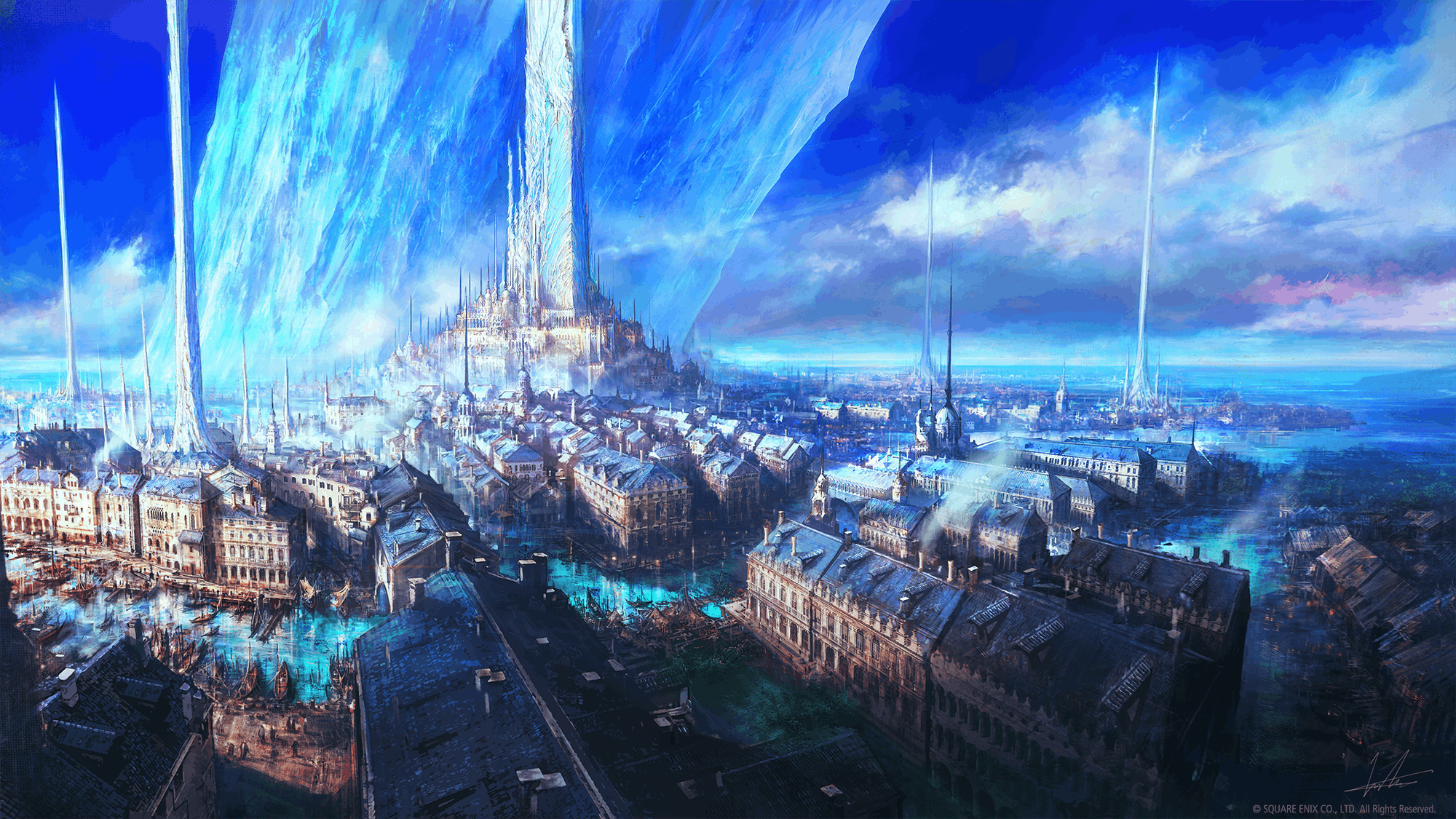
The development team includes several luminaries from the hugely successful online RPG Final Fantasy XIV — no surprise, given that FF16’s creative lead on the project is FF14 producer Naoki Yoshida. There’s also an eclectic mashup of Final Fantasy experiences among the senior creatives. Director Hiroshi Takai helped create the series’ iconic jobs system as the director of Final Fantasy V. Art director Hiroshi Minagawa is known for the striking visual style of FF12 and Final Fantasy Tactics. It’s essentially a Final Fantasy supergroup — with the new addition of Capcom legend Ryota Suzuki as combat designer.
All this is to say that Final Fantasy XVI isn’t the continuation of an overarching story, but it is very much in conversation with previous installments of the series. The most conspicuous examples of this are the Eikons, mythological monsters associated with elemental forces like fire and wind. Ifrit, Bahamut, Shiva, Phoenix, and their ilk are recurring figures who have been known by many labels throughout the series — summons, eidolons, espers, aeons, and primals.
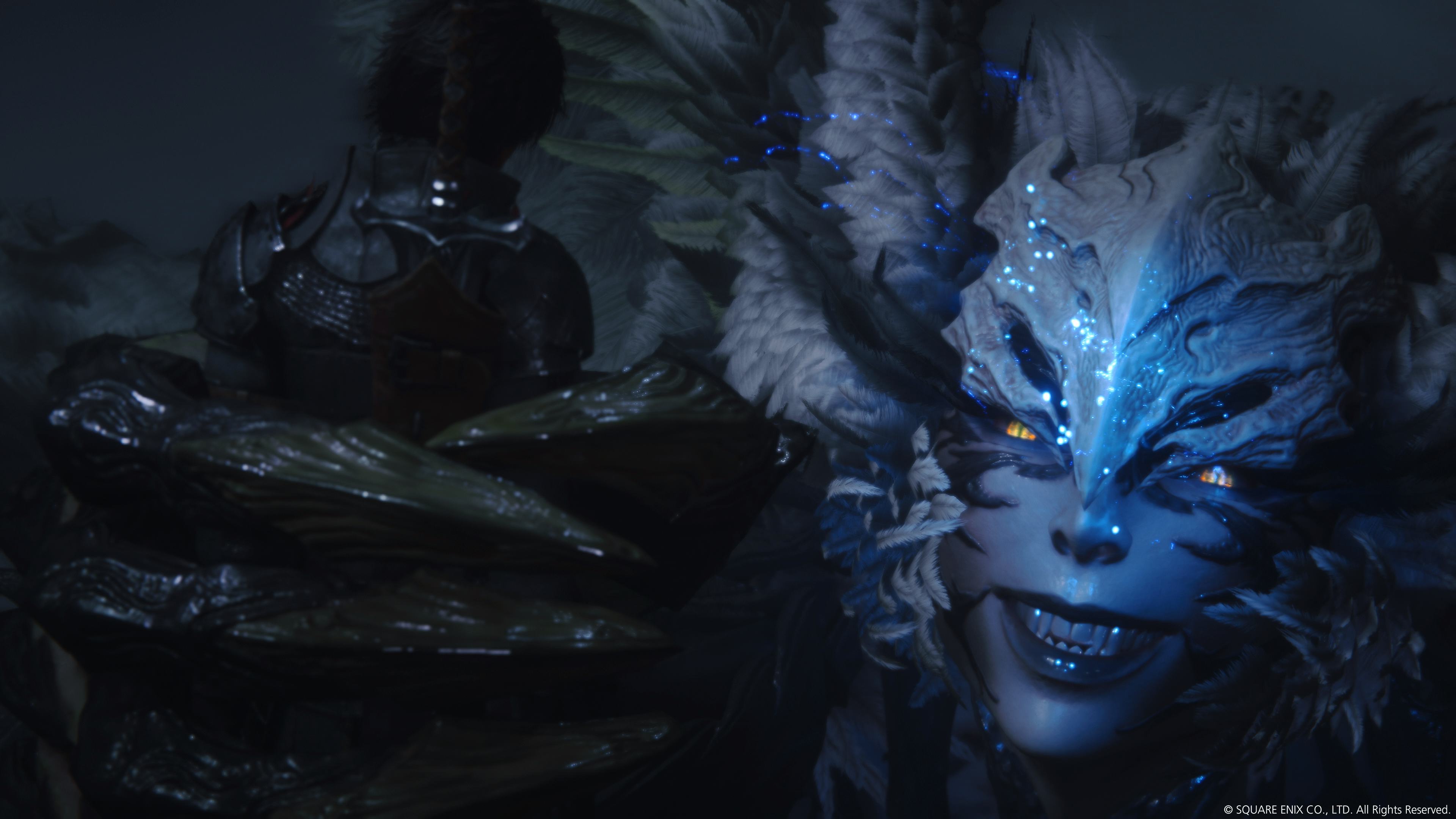
This time around, they’re not just devastating magical spells or jumbo Pokémon, but a major focus of both the narrative and combat. Each EIkon resides within a Dominant — a single person able to wield their deadly power. You’ll play as Clive, a gruff and brooding dreamboat who’s seeking out the Dominants to learn what happened to his angel-faced little brother, Joshua.
My lengthy demo of FF16 included some very juicy story moments that I can’t delve into here, but even so, combat was very much the focus of the two- to three-hour experience. Where previous Final Fantasy games let you manage a party of between three and five members, here you’ll only control Clive and his loyal canine buddy Torgal. That brings the gameplay more resolutely into the action realm than 2017’s Final Fantasy XV, where you mainly control Noctis, but can use the D-pad to make your companions use special abilities.
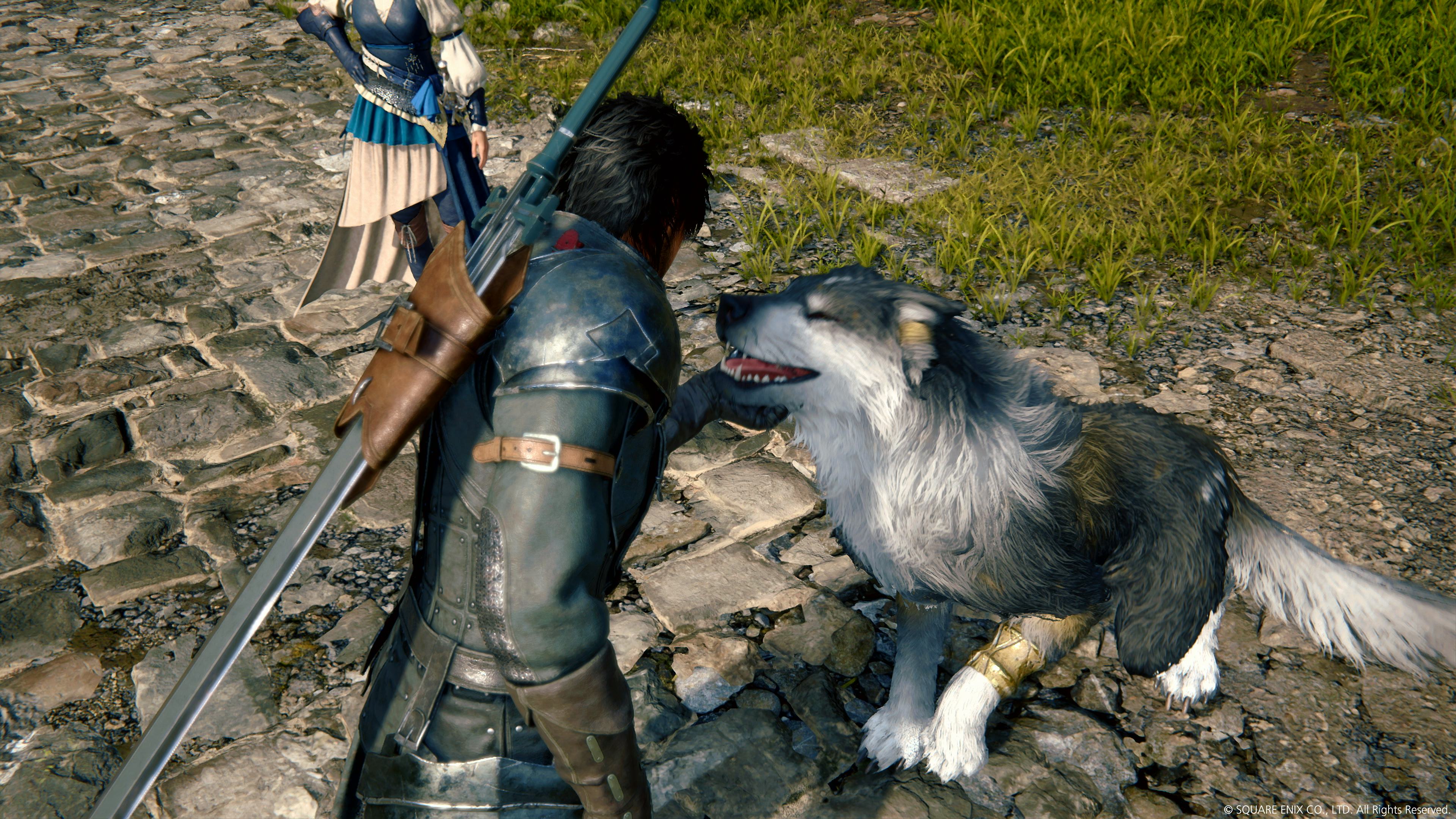
This narrower focus makes sense, given that Clive has quite a few tricks up his sleeve in a fight. As you progress through the story, Clive will gain the abilities of various Eikons and be able to swap between them on the fly at any time during a fight. Each Eikon has a unique elemental association and fighting style — Titan’s moveset is slow but powerful, Garuda’s attacks are light and swift, but harder to hit. Moreso than any previous installment of the series, the emphasis here is on combos, cooldowns, and timely dodges and blocks.
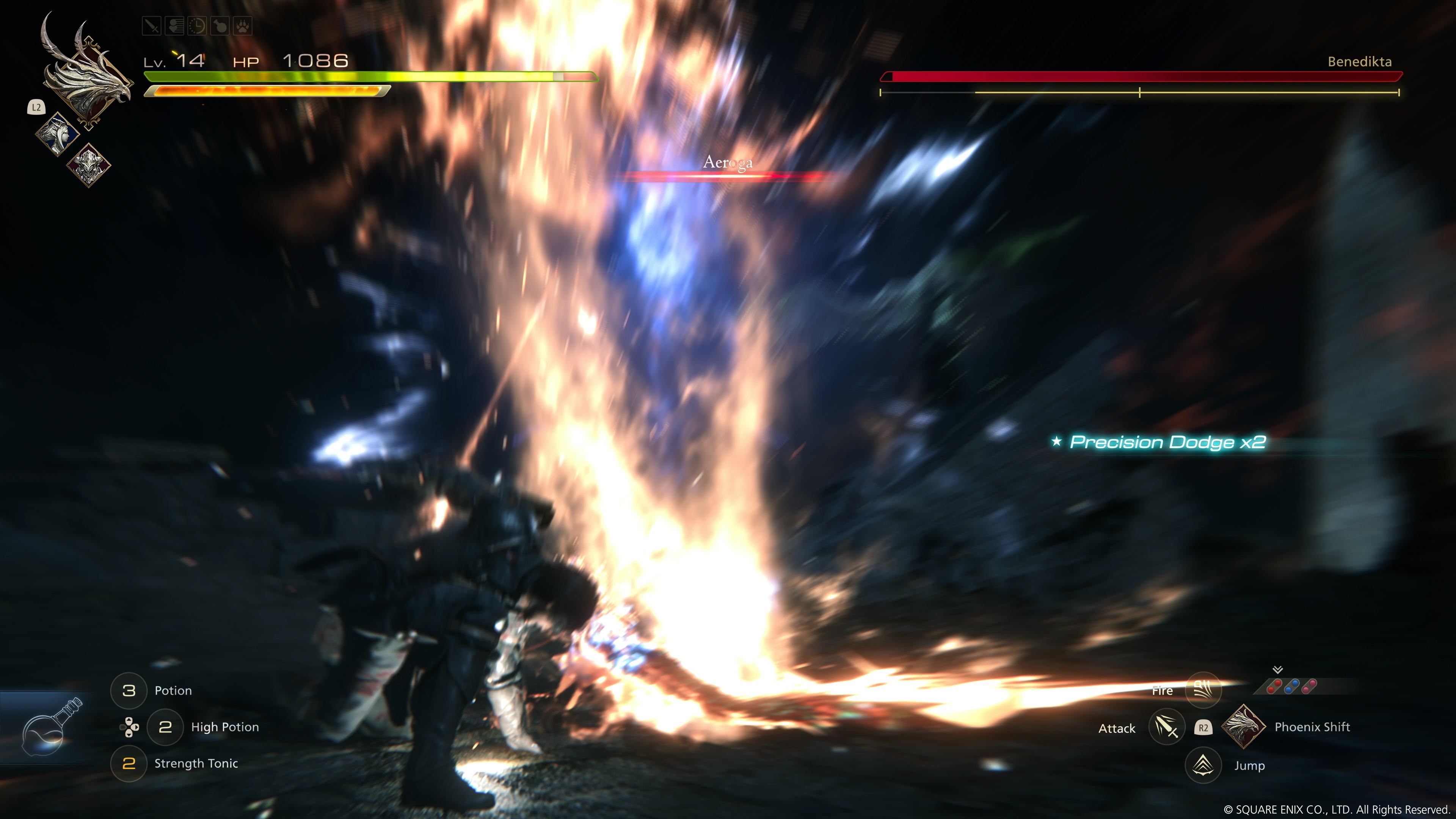
The influence of Suzuki, known for his work on acclaimed action and fighting games like Devil May Cry 5 and Marvel vs Capcom 2, is very keenly felt here. Battles in FF16 feel more dynamic, flowing, and combo-driven than in previous installments. At first, it’s a bit overwhelming — I found myself mainly sticking to one Eikon and evading enemies by running in big goofy circles.
Thankfully, the development team has gone to considerable lengths to make FF16 fun for both experienced action gamers and genre newcomers. Rather than the usual array of difficulty options, all players will have access to a set of Timely Accessories from the start of the game. One allows players to auto-dodge. Another simplifies combos into a single input. Others automate all the commands for Torgal, or auto-heals once Clive’s health reaches a certain threshold.
These items can be equipped or removed at any time. Equipping the auto-dodge accessory gave me some breathing room to get acquainted with the various Eikon fighting styles. Once I’d found my footing, I took it off. It remains to be seen how effective this system will be in the full game, but at first glance, it’s an elegant way to allow players to customize the experience to their preferences and needs. Battles against run-of-the-mill henchmen are only part of the challenges Clive will face on his adventure. The other half of Final Fantasy XVI’s combat system is the flashy, colossal Eikon battles, where mythological summoned beasts of legend bash each other to oblivion and rip each other's limbs off, like an interactive kaiju movie.
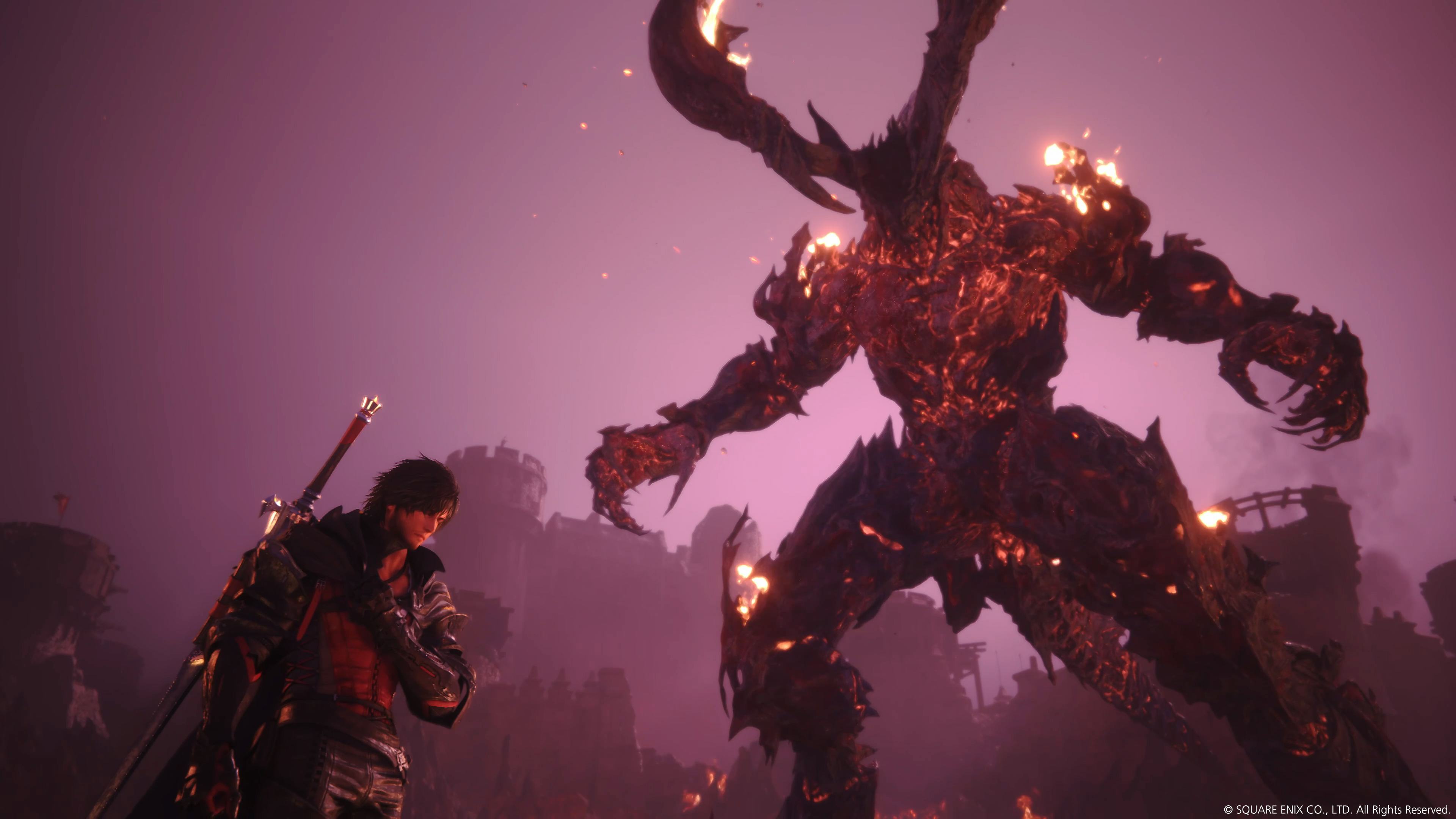
It’s in these showdowns that the God of War inspiration is most apparent. Each of these super-boss battles has been designed to feel unique — the clash in my demo pit Ifrit against Garuda had the lumbering brutality of a wrestling match. Others will see you being small and speedy against a towering foe, or even pursuing flying opponents like an arcade space shooter.
As we’ve come to expect from Final Fantasy’s climactic boss fights, the Eikon battles are absolutely stunning to behold. But because much of it is handled like a quick time event, I never really felt like I could lose. This is fine for an early-game experience — the visuals really are so captivating that you can’t pay close attention to what you’re doing — but I hope to see greater challenges from these cinematic clashes in the final game.
Final Fantasy XVI’s action combat feels like a bold new direction for the series, but the team behind the game has also taken considerable care to preserve the beauty and delight the franchise is known for. So far, so good. I can’t wait to see more of the story and characters — and thankfully June isn’t too far off.







